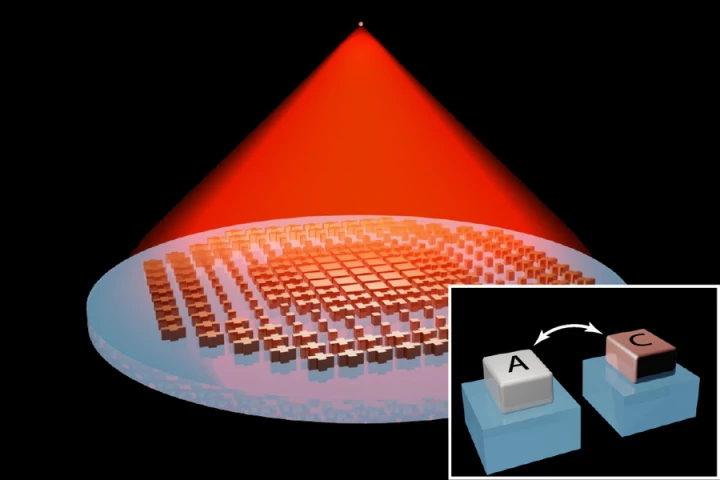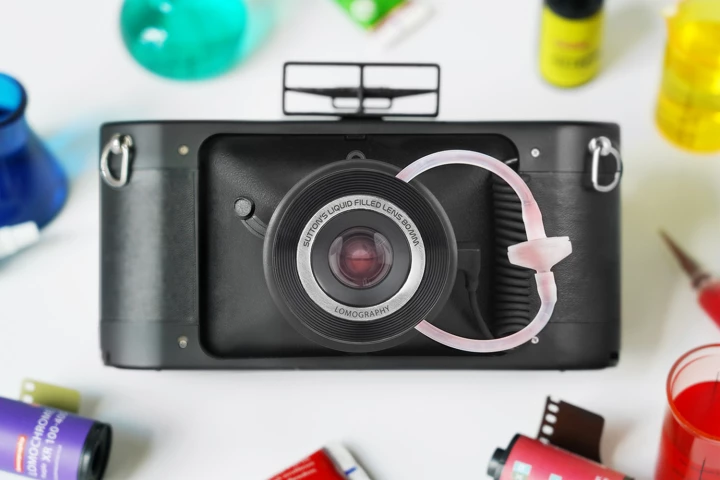Lens
-
The whole mobile world is heading to Barcelona this week for Mobile World Congress 2025, and of the raft of Xiaomi gadgets on display is a magnetic attachment aimed at giving its smartphones a photographic boost.
-
Though smartphone cameras can snap stunning images, most pros will haul a dedicated camera to assignments. Space inside camera bags is at a premium, but a nifty lens from Samyang could lighten the load by allowing optical elements to be swapped out.
-
Contact lenses get pretty thin nowadays, but they’ve got nothing on a new lens from scientists at Stanford and the University of Amsterdam. The team has created the world’s thinnest lens, measuring just three atoms thick.
-
Scientists have developed a new type of lens that creates multiple focal points, which could make for glasses or contacts that provide a clearer view over a range of distances. The secret? Making the lens a spiral shape.
-
As is the case with so many other things, the sooner that Alzheimer's disease is detected, the more that can be done to slow its progress. An experimental implantable lens could help, by changing in appearance at the early stages of the illness.
-
There's been talk of including a retractable lens in a smartphone camera array for a while now, with both Xiaomi and Oppo throwing their hats in the ring. But seemingly out of nowhere comes the Phantom X2 Pro from Tecno, which sports just such a lens.
-
Researchers have developed a more precise design for "optical tweezers," using a metasurface lens studded with millions of tiny pillars which focus light to trap and manipulate individual atoms. It could pave the way for powerful quantum devices.
-
No matter how many times 3D displays emerge and fade, the tech refuses to die. Researchers have now developed a glasses-free 3D display prototype that uses nanostructured lenses to produce more realistic images that can be seen over a longer distance.
-
Researchers have developed a new type of adaptive liquid lens that changes its focal distance when a voltage is applied. Made with an electrically responsive fluid, the lens is lightweight and could be easily manufactured for use in smartphones.
-
Researchers have modified the material used in re-writable CDs to create a new optical lens that shifts its focal point in response to heat, with no moving parts. It could enable miniature zoom lenses for drones, cellphones, or night vision goggles.
-
In 1859, British photographer Thomas Sutton created a camera with a unique water-filled lens – it allowed for some interesting effects. Low-fi camera company Lomography has replicated that lens, and included it in a 35-mm panoramic film camera.
-
Ultra wide-angle fisheye lenses are typically thick, bulbous contraptions, that can't easily be incorporated into devices such as smartphones. That could be about to change, though, as engineers have now created one that's completely flat.
Load More











